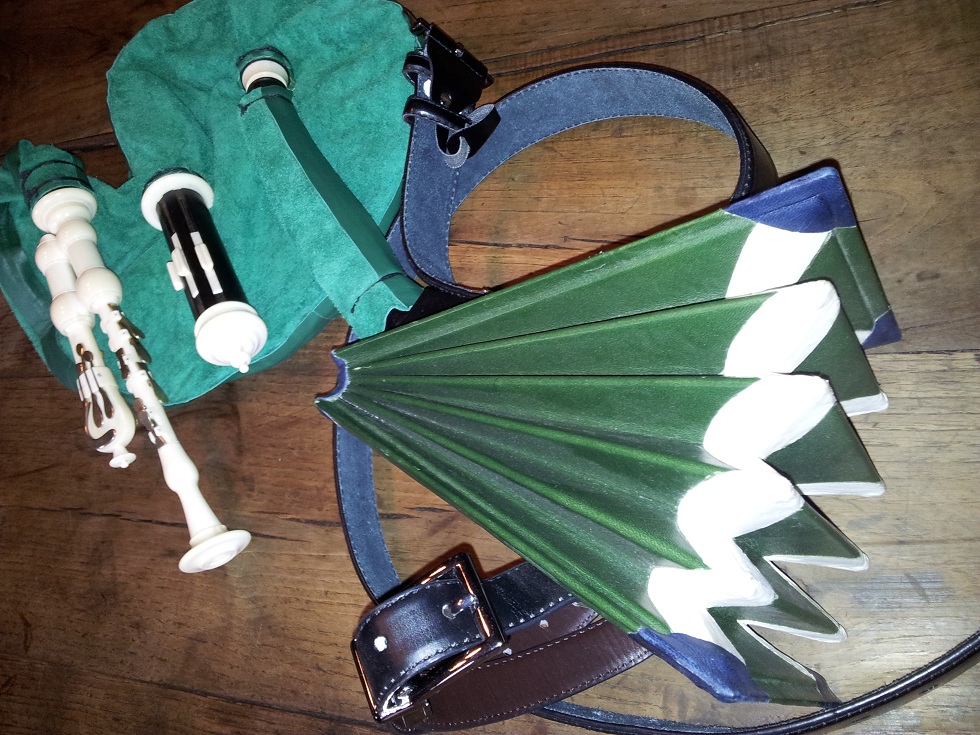The Bagpipe Society
Guide to the Baroque Musette

The Baroque Musette (Musette de Cour) First appearing in France at the very end of the sixteenth century, the musette was refined over the next hundred years by a number of instrument-making families. The best-known contributions came from the Hotteterre family: Martin Hotteterre added a second chanter, extending the instrument’s range. The short cylinder of the musette drone contains airways that double back on themselves. Openings in each airway (the equivalent of finger-holes) are uncovered by moving layettes (sliders) fixed in four coulisses (runners). The earliest musettes had up to nine coulisses and twelve layettes, but as the musette developed and became fully chromatic, fewer drone-notes were needed, and the bourdon was simplified. Even so, it still contains four or more separate reeds that have to be kept adjusted and in tune. The final form of the musette is fully chromatic, with a range of an octave and half starting from F above middle C; the bourdon provides drones for C, D and G. The qualification de cour refers to the instrument’s connection with the French court and aristocracy of the early seventeenth century. “Exotic” elements were fashionable, resulting in the appearance of traditional instruments such as bagpipe, hurdy-gurdy in compositions for professionals and amateurs alike. The musette may well have benefited from being a bellows-blown instrument, too; it was generally considered unseemly for women to play any mouth-blown instrument. At the height of its popularity, the musette was used not just for chamber-music but also in larger-scale compositions such as operas, where it was associated with shepherds, peasants and other pastoral elements. After the French Revolution, the musette seems to have fallen rapidly out of favour while simpler forms of bagpipe remained popular. The musette is believed by many to be the inspiration for the Northumbrian Smallpipes The musette and it’s music is currently enjoying a strong revival, especially in France and the lowland countries.
By Trad
- Data Processing Notice (GDPR)
@BagpipeSociety on X (formally known as Twitter)
TheBagpipeSociety on Instagram
 BagpipeSociety on Facebook
BagpipeSociety on Facebook
Something wrong or missing from this page? Let us know!
